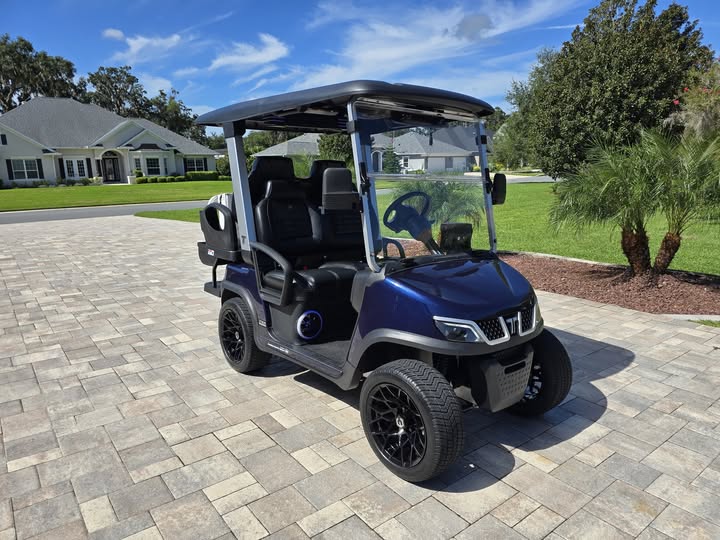-
Shopping Tools
-
Care & Maintenance
-
About
-
Dealer Login

A well-maintained electric golf cart should accelerate smoothly and hold pace on gentle hills. When speed drops, the cause is usually something simple: reduced battery output, underinflated tires, or a minor hardware fault that limits power delivery. This guide explains the most common culprits, quick tests you can do at home, and practical ways to regain the performance you expect.
| Quick battery checks | What to look for | Action |
|---|---|---|
| Voltage at rest vs. under load | Large drop during acceleration | Charge fully; test each battery/module; replace weak units |
| Terminal condition | Green/white corrosion, heat discoloration | Clean with proper tools; apply dielectric protectant; retorque |
| Charge completion | Charger stops too early | Try another outlet/charger; inspect BMS or charger error codes |
Restoring lost speed starts with maintenance and correct settings. Any performance upgrade should respect manufacturer limits and warranty guidance. Try these steps in order:
| Symptom | Likely cause | First fix to try |
|---|---|---|
| Good off the line, then fades on hills | Voltage sag / heat derate | Charge to 100%, clean cables, improve airflow, test batteries |
| Intermittent hesitation | Solenoid or throttle sensor | Listen for click, check continuity, recalibrate/replace sensor |
| Feels “draggy” even on flat | Tire PSI / brake drag | Set PSI to spec, inspect brakes and wheel bearings |
| Won’t reach previous top pace | Controller profile or weak pack | Verify settings; load-test batteries; check for balance/BMS limits |
Bottom line: Most slowdowns trace back to batteries, rolling resistance, or a single weak link in the power path. Restore the basics first; then, if you want more pace, consider supported controller and battery upgrades—with an eye on safe operation, reliability, and warranty coverage.
